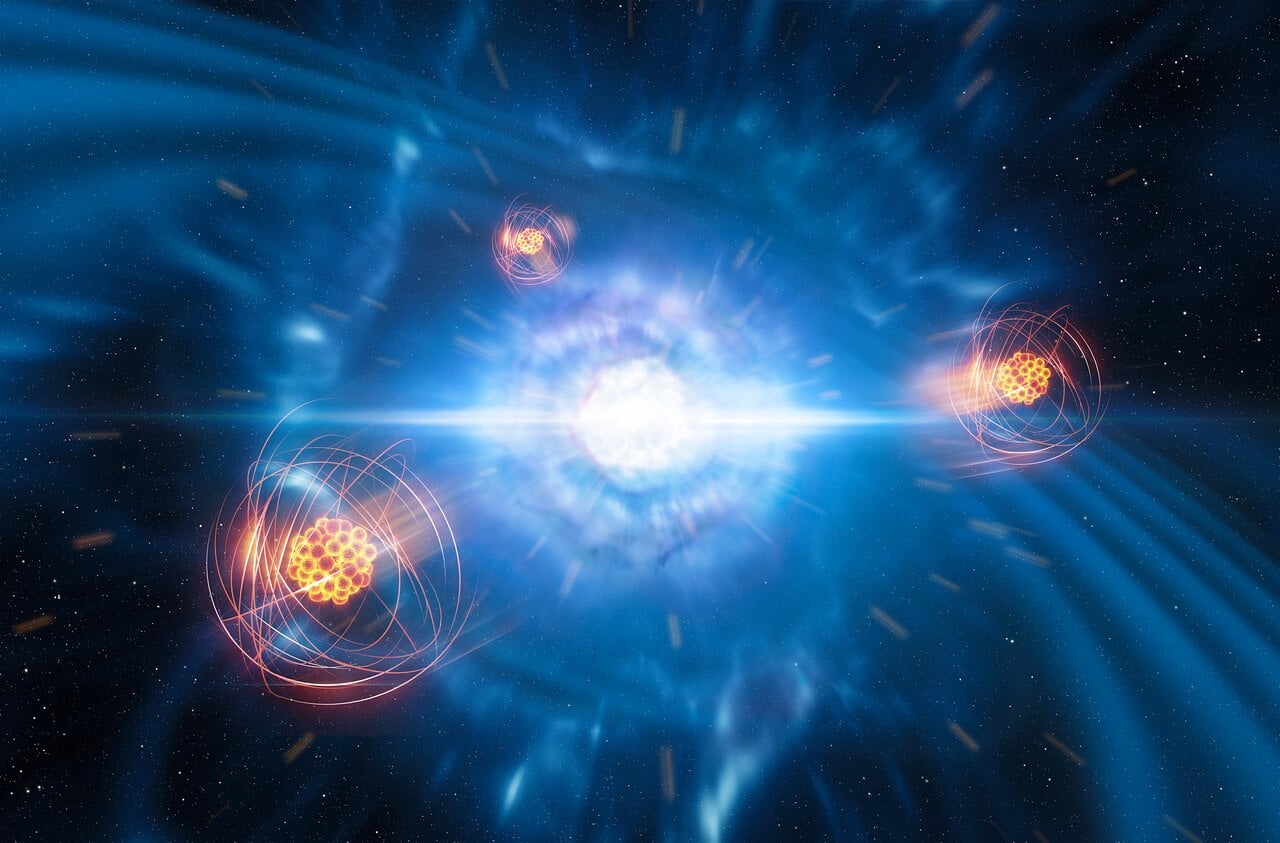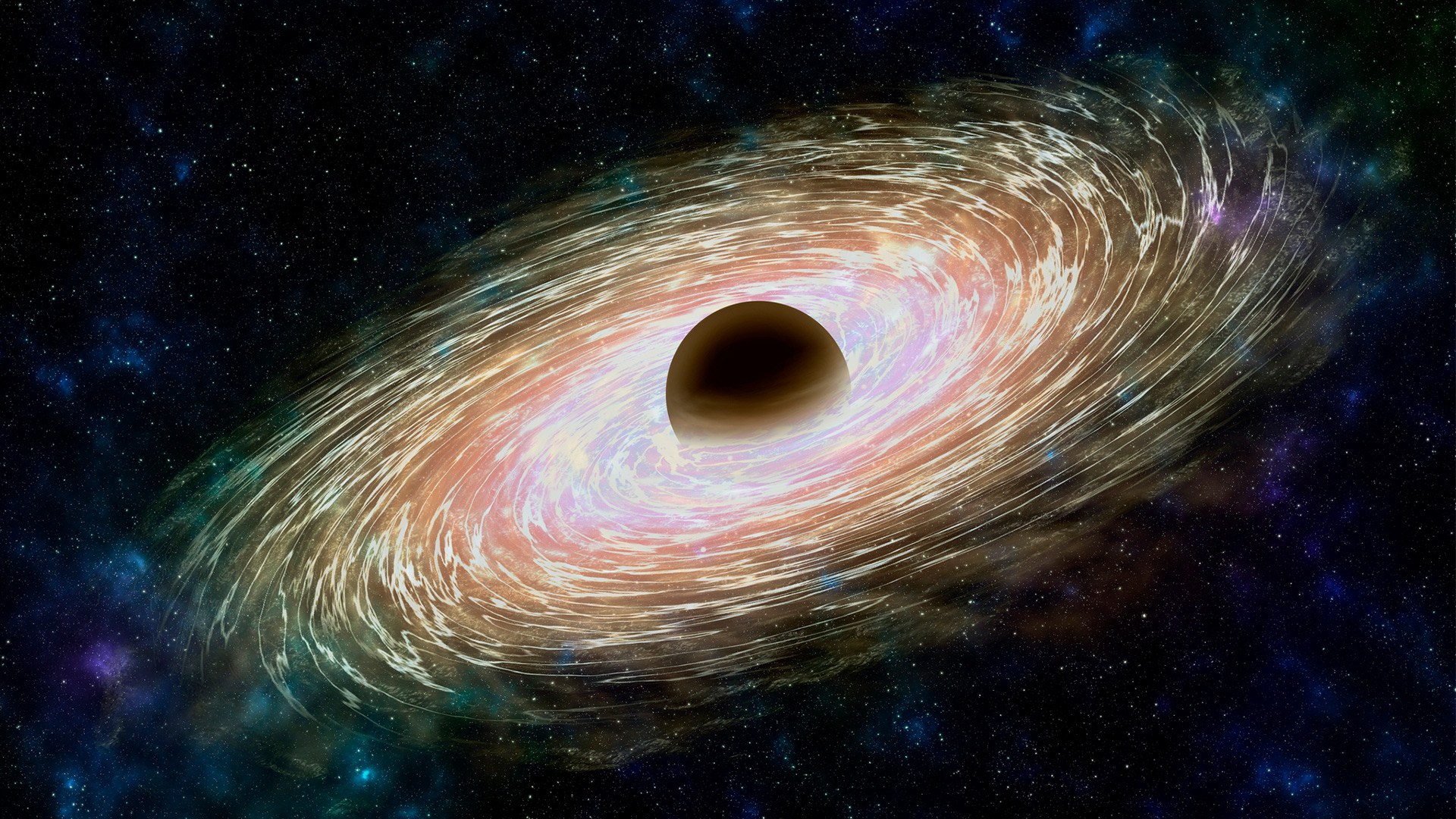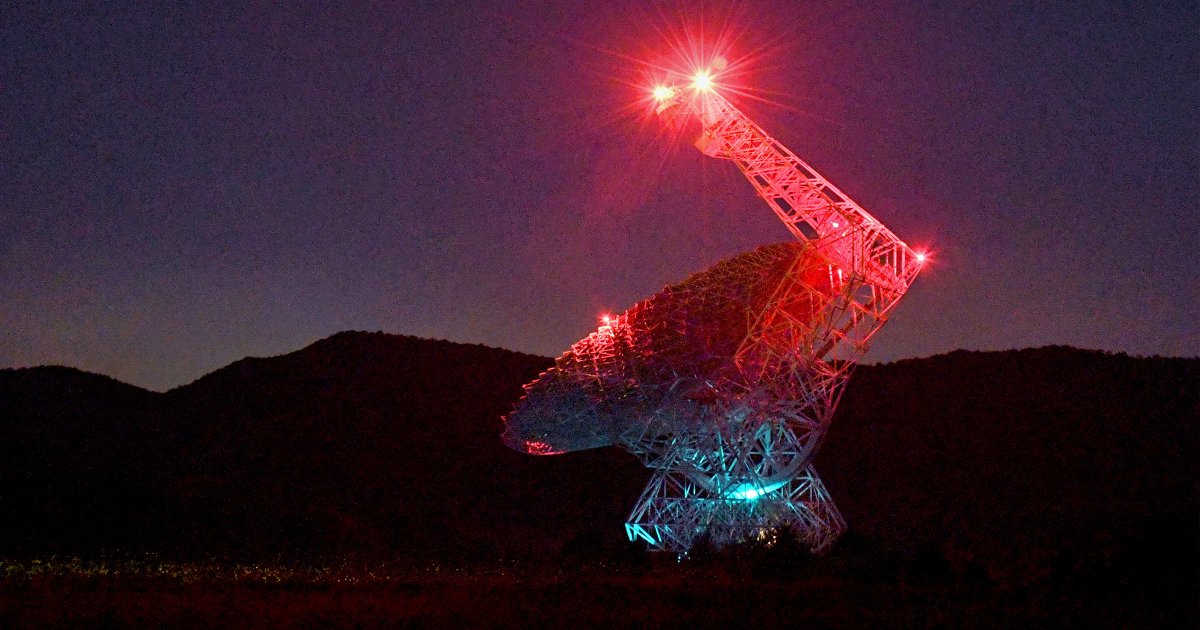Aging doesn’t just show on your face – it shows up in your heart too. As the years pass, heart muscle stiffens, cells don’t work as well as they once did, and the risk of heart failure slowly rises.
For a long time, doctors have focused on…

Aging doesn’t just show on your face – it shows up in your heart too. As the years pass, heart muscle stiffens, cells don’t work as well as they once did, and the risk of heart failure slowly rises.
For a long time, doctors have focused on…

It’s quite a challenge to make an Earth-like world. You need enough mass to hold an atmosphere and generate a good magnetic field, but not so much mass that you hang on to light elements such as hydrogen and helium. You also need to be…

When astronomers look deep into the early universe, they don’t expect to see fully developed cosmic objects but small galaxies, young stars, and black holes still struggling to grow.
However, recent observations with the James Webb Space…

Every week, Space.com delivers the latest discoveries, launches, and cosmic curiosities from across the universe. From groundbreaking research aboard the International Space Station to dazzling new images from the James Webb Space Telescope,…



Of all the lower body joints, the knee is probably the one most likely to send you to the physiotherapist.
“It carries most of the weight of the body, and being a hinge joint, it means that it doesn’t have a nice socket structure,” says…

Insider Brief

In July, researchers using the NASA-funded Asteroid Terrestrial-impact Last Alert System survey telescope in Chile made an exceedingly rare discovery: a…